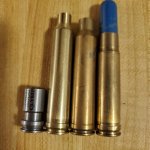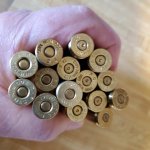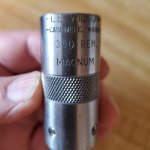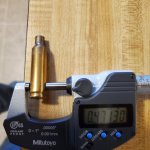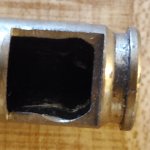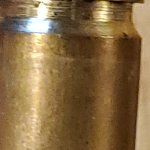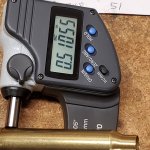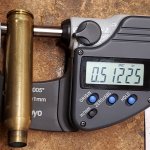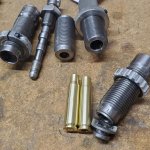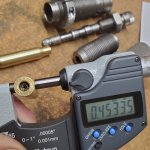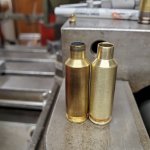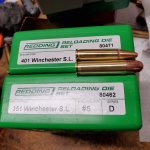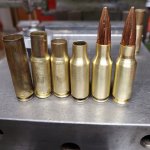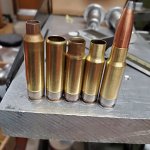Have a brand new Howa 1500 in 300 win.
First 40 rounds down the barrel and 1/2 of them sticking in the chamber. Stuck so hard had to hit the bolt handle with my palm to get them to release. Ammo was off the shelf new rounds 180gn Federal hunting ammo, Chrome casings.
Got home cleaned the chamber, inspected chamber, no issues I can find. Had some once fired brass casings. Ran about 40 rds in and out to see if they would stick too. About 10 of them stuck but not as near as bad as on the range. Just had to jiggle the handle a little bit and they’d release. The brass ones that stuck were also hard to close the bolt. No issues with tightness in closing the bolt on the new rounds.
Wondering if it’s just because it’s so tight and new? But never had any other rifle act like this.
Thanks for any help!
First 40 rounds down the barrel and 1/2 of them sticking in the chamber. Stuck so hard had to hit the bolt handle with my palm to get them to release. Ammo was off the shelf new rounds 180gn Federal hunting ammo, Chrome casings.
Got home cleaned the chamber, inspected chamber, no issues I can find. Had some once fired brass casings. Ran about 40 rds in and out to see if they would stick too. About 10 of them stuck but not as near as bad as on the range. Just had to jiggle the handle a little bit and they’d release. The brass ones that stuck were also hard to close the bolt. No issues with tightness in closing the bolt on the new rounds.
Wondering if it’s just because it’s so tight and new? But never had any other rifle act like this.
Thanks for any help!

